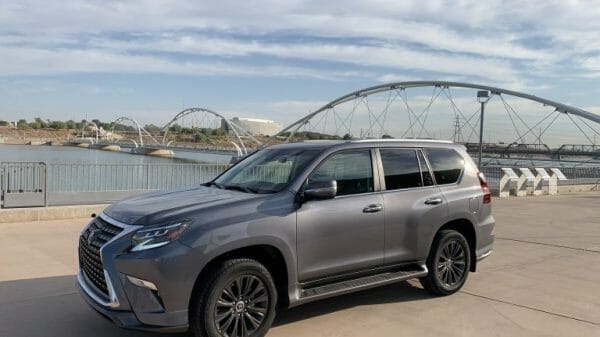The Hyundai i30(now in its third generation since introduction in 2007) is slowly climbing up the performance ladder. The new version is an admirable upgrade and one that could change the fortunes of the Korean manufacturer. What exactly is wrapped inside this beauty?
With a range of six trim levels, the i30 gives consumers a generous list to pick from. As a standard you will get from any i30, 16-inch steel rims, cruise control, reverse camera, trip computer, power windows, heated power door mirrors, a full-size spare tire and quite a number of other basic accessories.
If you pick the three turbocharged engines, from the i30 you will get a moderate 108bhp from a 1.6-liter four-cylinder diesel engine. The other two are petrol, one which is pronounced smoother and more powerful creating a 138 bhp from a 1.4-liter four-cylinder.
The other one, which is probably the most practical and out-rightly the most fuel economical has a range of a 118 bhp 1.0-liter three-cylinder. You can have a six-speed manual or seven-speed automatic transmission from the four-cylinder engine.

For some reason, Hyundai found it best to have the three-cylinder as manual-only. This is Hyundai’s best performing car and with the improvements that have been fixed onto the new model, it is likely to get even better.
Among trendy technologies installed are the lane departure warnings, automatic emergency braking, blind-spot monitoring, and a well-fitted 8-in touchscreen. One of the areas in which Hyundai has scored very well is segmentation into all these trims.
There is the Go, Active, the SR Premium, the Elite, the Premium Auto and the i30N. Although the features that differentiate them vary from range to range, their performance has significantly uplifted the I30’srating.
Some analysts view this car as very befitting for the European market. After all, it is made in Europe. Whichever way you look at it, Hyundai continues to score big with this one, and it will be interesting to keep an eye on it in the coming years.











